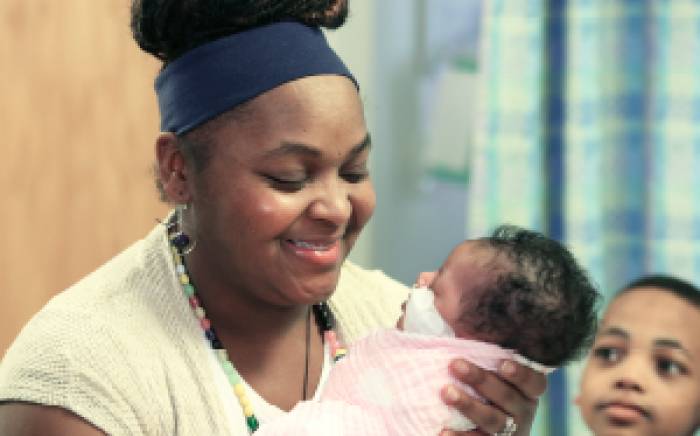 Washington University, St. Louis Children’s Hospital and the March of Dimes are launching the March of Dimes Prematurity Research Center at Washington University in St. Louis.
Washington University, St. Louis Children’s Hospital and the March of Dimes are launching the March of Dimes Prematurity Research Center at Washington University in St. Louis.
During the next five years, the March of Dimes will invest $10 million in the Prematurity Research Center. The research effort will feature a team-based, transdisciplinary approach to discovering the causes of preterm birth to develop new strategies to prevent it.
“This new prematurity research center continues our commitment to solving the problem of preterm birth,” said Jennifer Howse, PhD, president of the March of Dimes. “This center adds the expertise of Washington University’s leading scientists to a nationwide network of investigators whose discovery research will precisely determine what triggers early labor and how it can be prevented.”
In Missouri, 11.3 percent, or more than 8,000 babies, are born early each year. And the United States has one of the highest rates of preterm birth of any industrialized country.
Preterm birth is the leading cause of newborn death. Babies who survive can have serious and sometimes lifelong health challenges, including breathing problems, jaundice, developmental delays, vision loss and cerebral palsy.
The first prematurity research center opened at Stanford University School of Medicine in 2011. The Ohio Collaborative, a partnership of the leading research centers in Cincinnati, Columbus and Cleveland, launched in 2013. Two others are planned, in addition to the new center at Washington University.
“As an obstetrician for 23 years, I have seen the impact of preterm birth on many families,” said George A. Macones, MD, the center’s program director and the Mitchell and Elaine Yanow Professor and chair of Obstetrics and Gynecology at Washington University. “We will not be able to prevent preterm birth until we can better understand the biological mechanisms that cause it. We are excited to partner with the March of Dimes on this Prematurity Research Center. With the science we will conduct, we hope to drastically reduce preterm birth in the U.S.”
The new center has three research themes:
- Developing a new cervical-imaging device to help predict preterm birth.
- Developing a new device that will image uterine contractions, similar to how the heart is imaged.
- Determining if disruptions of sleep patterns (related to circadian rhythms) are a risk factor in preterm birth.
Sarah England, PhD, professor of obstetrics and gynecology, and Alan Schwartz, PhD, MD, the Harriet B. Spoehrer Professor, chair of the University’s Department of Pediatrics and pediatrician-in-chief at St. Louis Children’s Hospital, will serve as associate program directors of the center.
F. Sessions Cole, MD, chief medical officer at St. Louis Children’s Hospital and a March of Dimes National Trustee, said he hopes the research the new center supports will find better ways to prevent premature birth so the epidemic of preterm birth will end.
“Although we send ‘miracle babies’ home from St. Louis Children’s Hospital, many premature babies do not survive their early birth, and many others end up with lifelong health problems,” said Dr. Cole, also director of the Division of Newborn Medicine at Washington University and the Park J. White, MD, Professor of Pediatrics.









